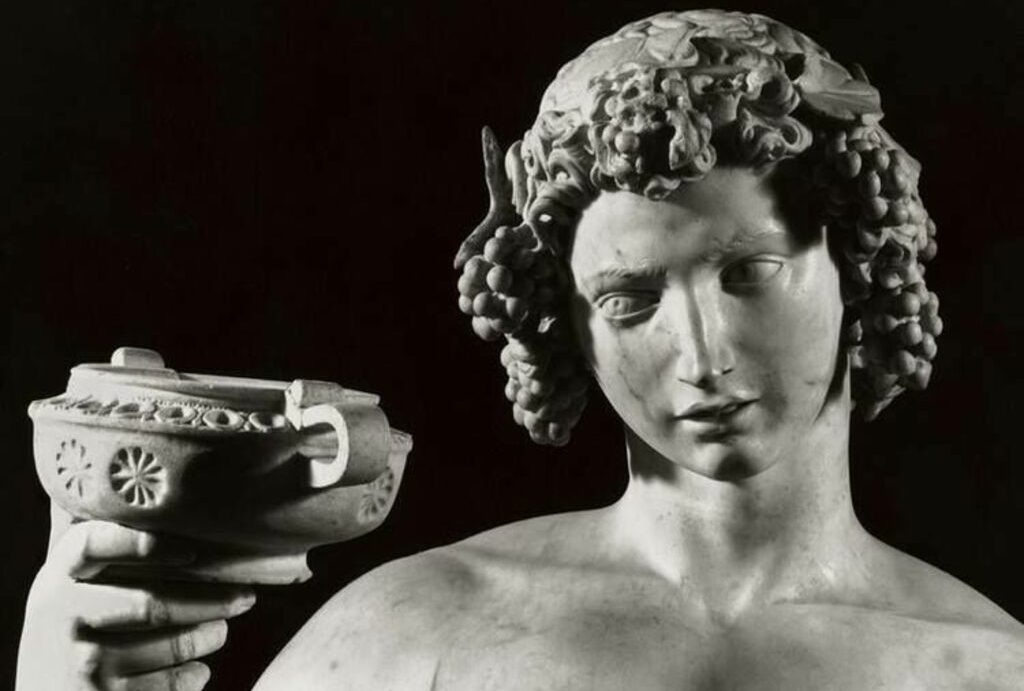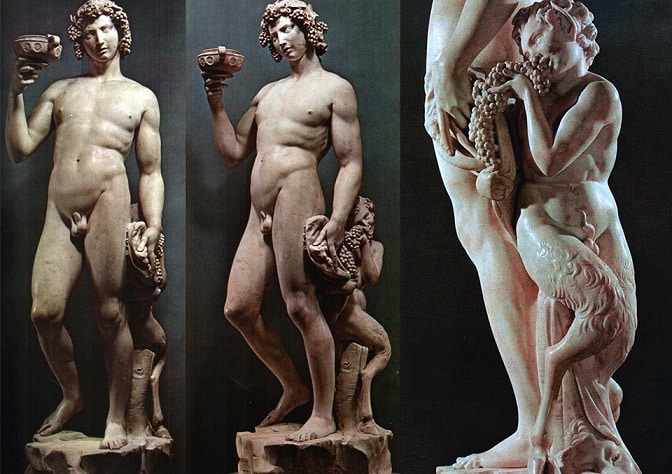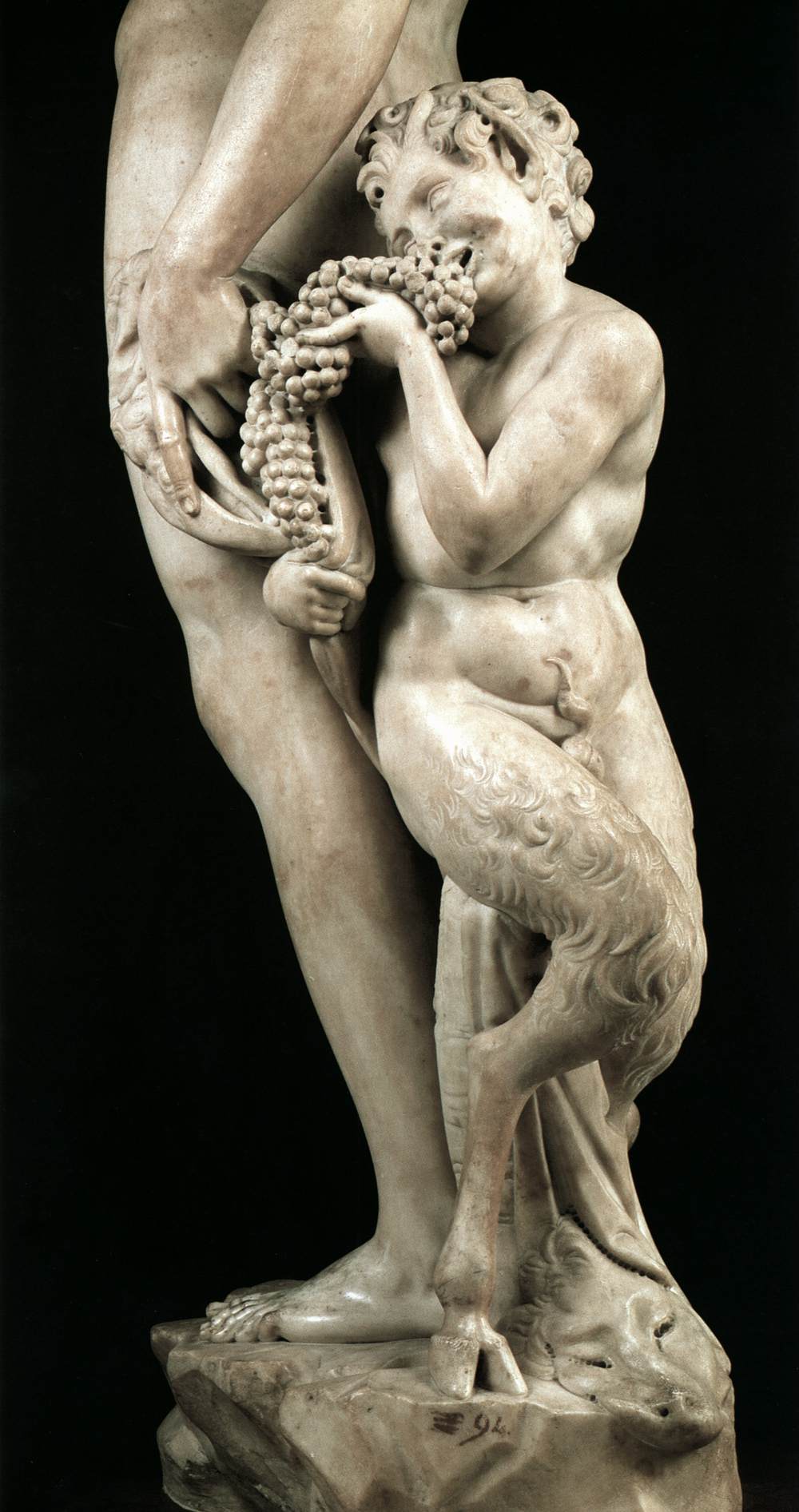Have you ever wondered how a genius artist’s career begins? Let’s explore the fascinating story of Michelangelo, whose works left an eternal mark on the history of art. But few know that a significant turning point in his career came from a daring deception and an unexpected challenge.
At the age of 21, Michelangelo decided to test his skills by creating a statue of a “Sleeping Cupid” and pretending it was an ancient piece that had just been unearthed. With his extraordinary sculpting talent, the piece quickly caught the attention of Cardinal Raffaele Riario, a powerful art patron in Rome. The Cardinal bought the work, completely unaware that he had been tricked. However, when he discovered the truth, rather than being angry, he was captivated by Michelangelo’s brilliant craftsmanship. Instead of punishing him, the Cardinal encouraged the young artist to move to Rome and challenged Michelangelo to create something entirely original—not based on the forms of ancient art.

This is where the story takes an even more exciting turn. Michelangelo not only accepted the challenge but saw it as an opportunity to prove his worth. On July 4, 1496, he began to carve the Roman god of wine, Bacchus. Completed in 1497, the Bacchus statue was a testament to Michelangelo’s creativity and boldness. Standing 2 meters tall, it depicts Bacchus in a drunken state, holding a goblet of wine in one hand and a cluster of grapes in the other, which a playful satyr nibbles at. This portrayal was vivid, human, and deeply connected to nature, quite different from the classical forms that dominated the period.

However, Cardinal Riario rejected the work, possibly finding it too vulgar or inappropriate for the refined tastes of the time. Yet, Michelangelo was not deterred. The statue was later bought by banker Jacopo Galli and became part of his private collection. Decades later, the Medici family acquired the statue and brought it back to Florence, where today it is displayed at the Bargello National Museum.

The Bacchus statue, along with Michelangelo’s masterpiece Pietà, are the only surviving works from his early Roman period. These are not only exquisite sculptures but also milestones in Michelangelo’s journey, proving that his career began with challenges and the courage to face rejection. It was these early experiences that helped shape him into one of the greatest artists of all time, leaving an indelible legacy in the world of art.

